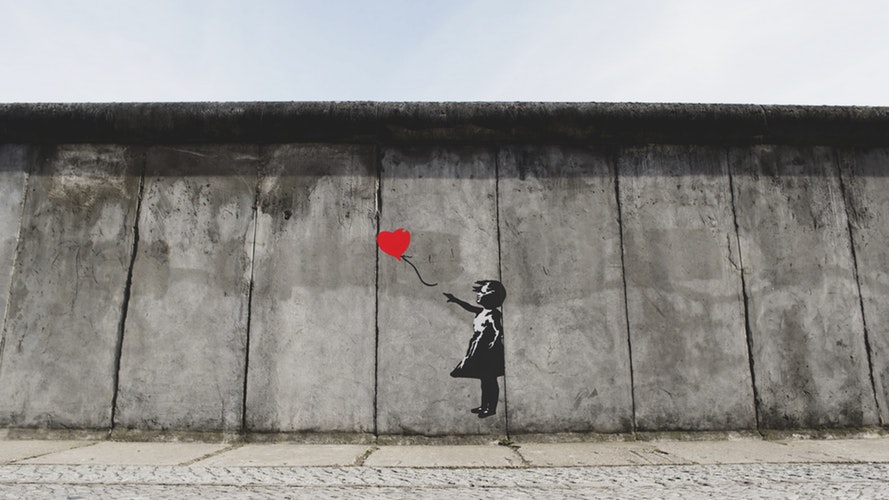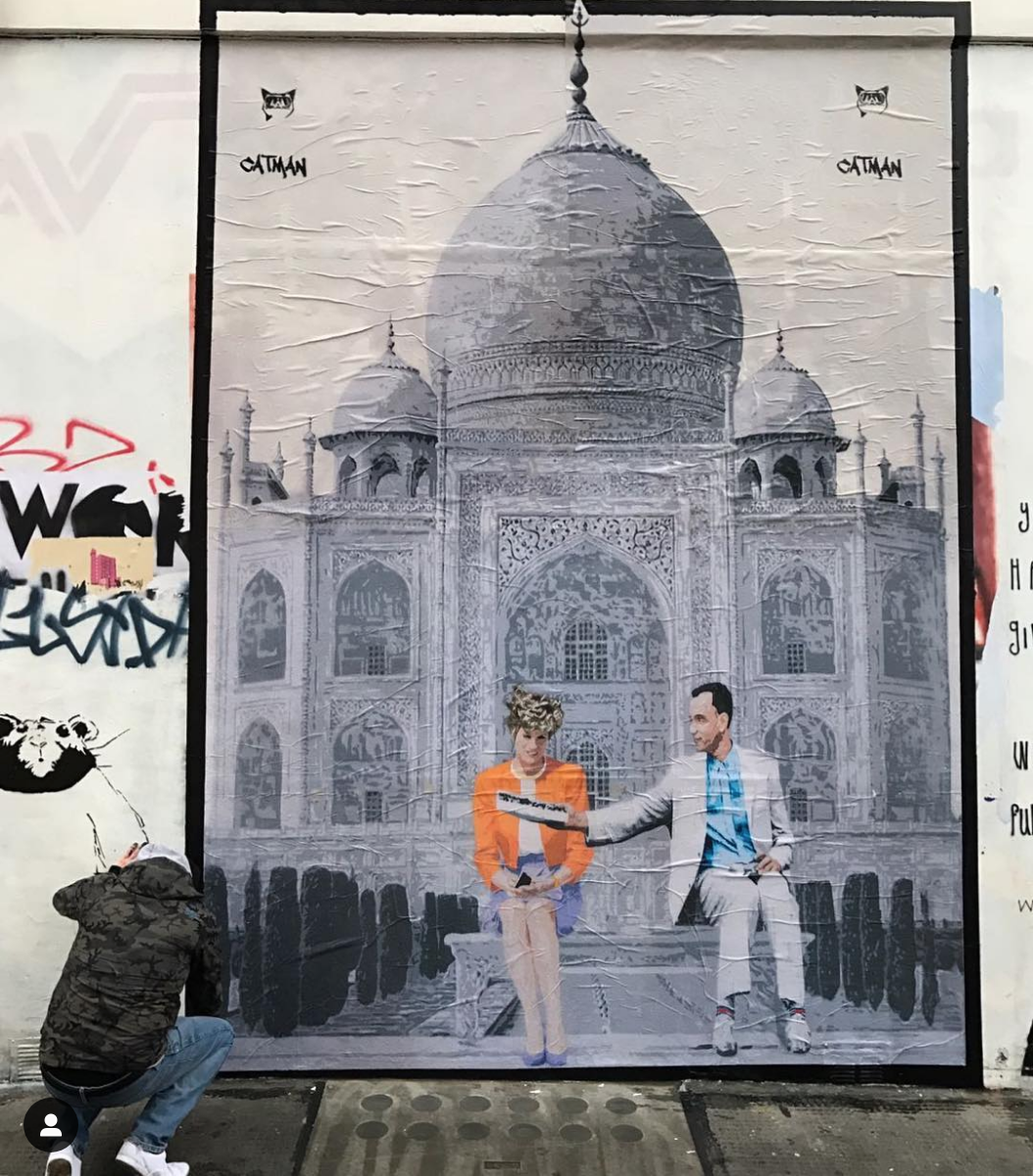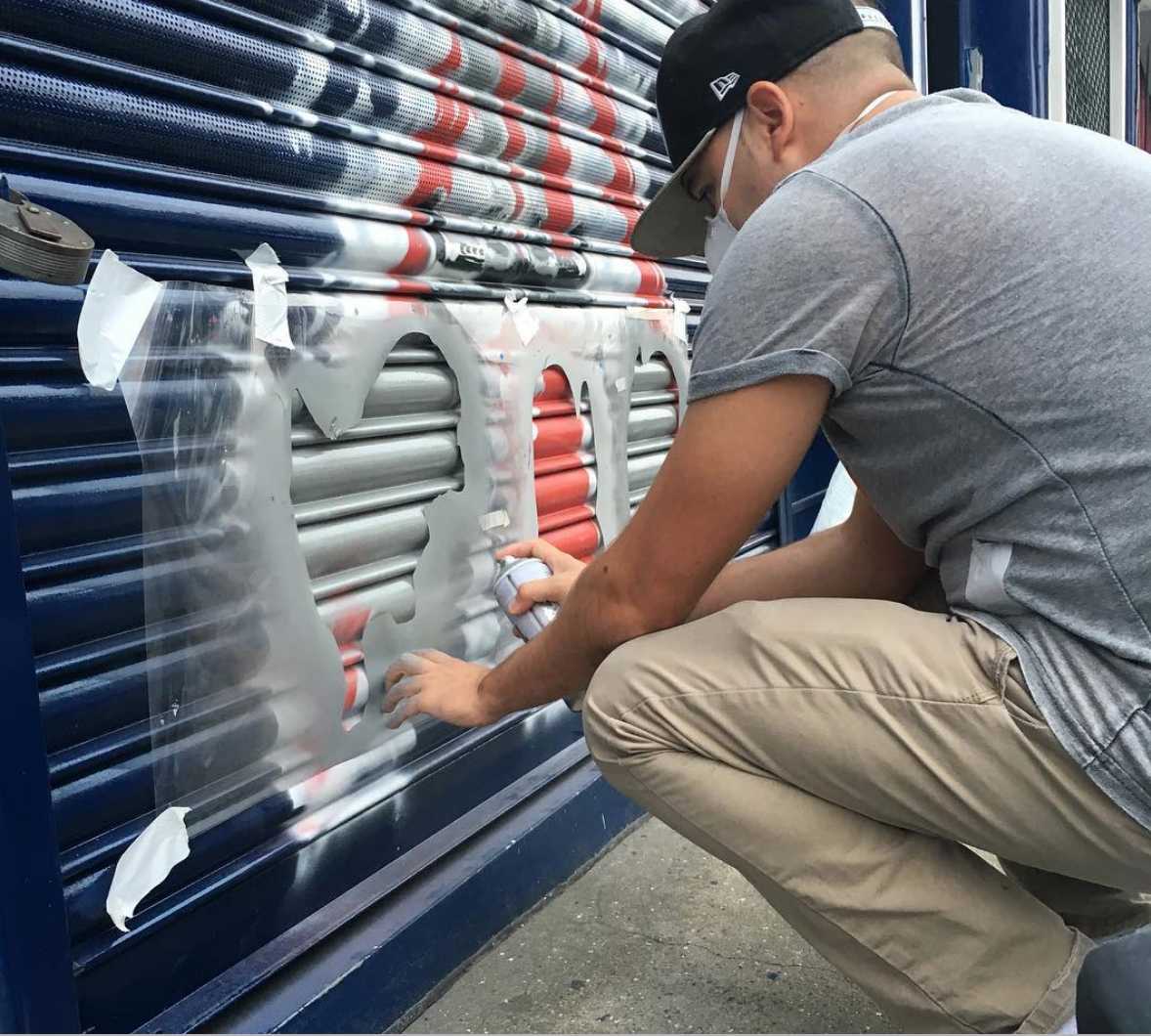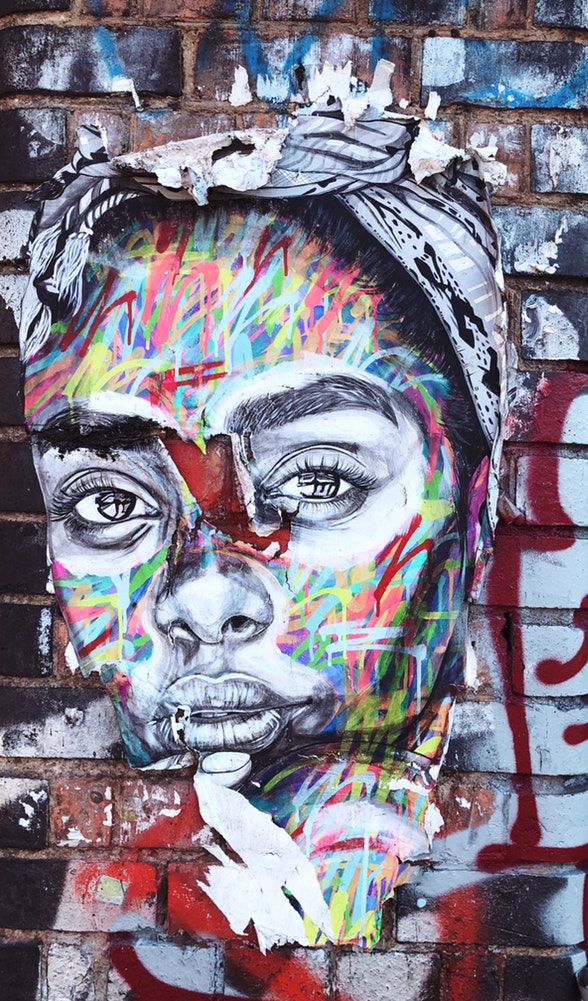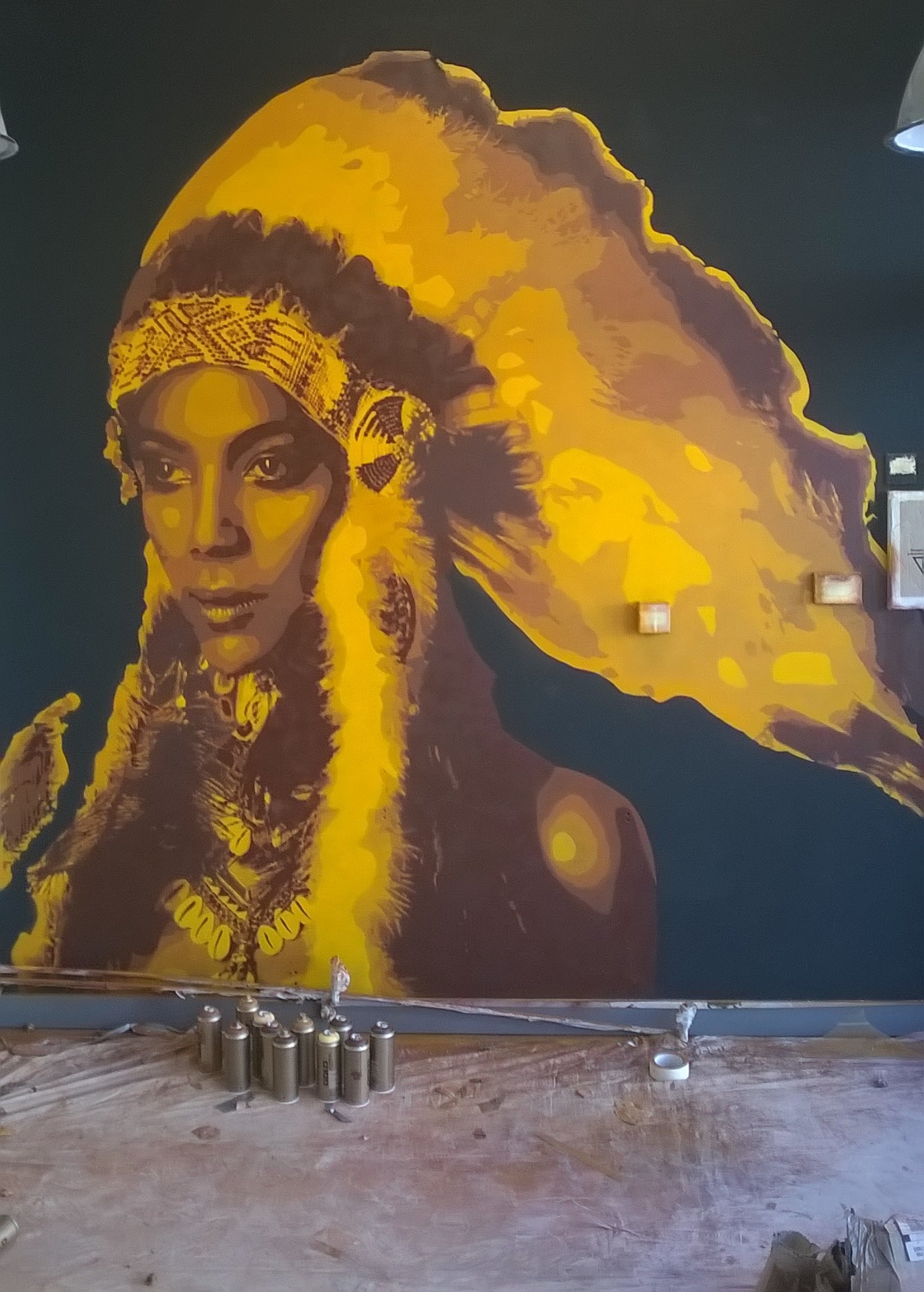To some, graffiti is form of artistic expression, whilst to others, it is merely a defacement of somebody’s property. As harsher consequences for graffiti artists were discussed by Canterbury councillors last week, as it begins to creep up the walls of private and council owned properties across the district, we ask the question – is graffiti a hip, trendy art form or just nonsensical vandalism?
Modern graffiti is said to have originated in New York in the early 1960s, after the rise of one of the pioneers of graffiti, ‘COCO144’. He is the person who revolutionised graffiti, and in particular, tagging. In the mid 1970s, it was hard to see out of a subway car window, because trains were covered in people’s tags. It didn’t take long for this phenomenon to eventually make its way overseas to an Americanised 1970s Britain. But it became most popular in the late 1980s, when hip hop and electro music gained more popularity.
Graffiti is widely celebrated across the nation, with pieces such as Banksy’s ‘The Girl with a Balloon’ being auctioned at £1 million. The Tate Modern in London is covered in giant colourful murals, one of the most famous art museums in the world. Brick Lane continues to draw in hundreds of tourists for its vibrant, political paintings – something the east London back street is celebrated for. In Britain, graffiti is continuously harnessed as a tool of political communication, to many, it is more than simply spray paint on a wall, it is a form of activism by citizens who are living in a democratic society, and therefore have the right to freedom of expression. Some may choose to utilize this right in their speech, whereas others choose to express through street art. The art form itself is hard for the public to avoid.
"Street artists have a duty to bring things to the public’s attention that might not reach them otherwise."
- Catman
On the most part, street art resonates with the masses. In a post-Brexit society, most fear the future of the country and how the UK’s withdrawal from the European Union will pan out. Banksy’s ‘there’s always hope’ instils positivity and reassurance into the public.
The real issue is, one cannot be banned without the other. Whilst tagging is what offends people the most, it can’t be scrapped without people questioning how street art can remain but tagging cannot.
Amongst thousands of artists across the world, is Canterbury’s very own “Catman”, who has been producing street art across the district since 2012. A qualified artist, who studied architectural model making at University of the Arts Rochester, his transition to street art was one that transformed his life.
He believes that “an artist can capture the public’s attention with an image and get them to interact with the subject and read more into it. Artists have a duty to bring thing to the public’s attention that might not reach them otherwise."
Street art almost gives a powerful voice to people who perhaps weren’t privileged enough to go to a good school. While controversial, it gives a platform to these people who won’t necessarily be able to voice their views in the Houses of Parliament.
Just last week, Kent Police issued a statement that they’re looking for a man after a supermarket in Wincheap, Canterbury was vandalised, with spray paint scrawled across the door. By definition, graffiti is defined in the dictionary as “words or drawings, especially humorous, rude, or political on walls and doors in public places.”
Last year, Theo Kindynis, a lecturer at Goldsmiths, told The Guardian “you do get people from very fortunate backgrounds; people dating supermodels and this sort of thing. But you have also got people that are in and out of jail, have had very difficult upbringings. It’s not like the really, really desperate hard-up kids that are going this stuff because ultimately, you’re not profiting from doing this… It’s not the sort of really fringe parts of society that it’s made out to be, these people often have day jobs and whatever else.”
Graffiti is often associated with crime and anti-social behaviour, with the rise of ‘graffiti gangs’ in London. Criminals often use the paint to mark their territories, and as a deterrent for their rival gangs. It’s also used amongst gangs to communicate with one another and register new challenges, usually involving breaking the law.
Kindynis opposes this view that graffiti is about marking territory, adding “it’s never been about that. The highest accolade for a graffiti writer is going ‘all-city’, which is having tags on every line, in every postcode… So, wherever guys are from, they are going to want to come and paint in places where they otherwise wouldn’t usually go so that other writers from those areas see them and it increases their subcultural cachet.”
According to Heather MacDonald of the New York Times, graffiti is always vandalism, where she states, “no institution that has celebrated graffiti in recent years would allow its own premises to be defaced for even one minute.”
“Graffiti’s most salient characteristic is that it is a crime.”
Graffiti takes time and imagination; a lot of thought goes into the process. Location is important to artists, because it’s important that the piece is seen by the public and is unavoidable. Most artists tend to do pieces about taboo subjects, which are highly controversial. Big walls tend to be the desired location for these types of pieces.
Some think the art form makes grey, urban areas look a lot more interesting and vibrant, whereas others believe it makes an area look rundown. George C Stowers, an American author once said in his book ‘an essay concerning the recognition of some forms of graffiti as art.’ Graffiti is an art form we can’t choose to ignore, and dismiss as criminal behaviour. He then goes on to add that graffiti is art as long as it’s not a random tag on any old wall that doesn’t have any meaning or thought process behind it. So, maybe graffiti is art, but only in the form of murals with deeper meanings behind them, rather than mindless tagging.
